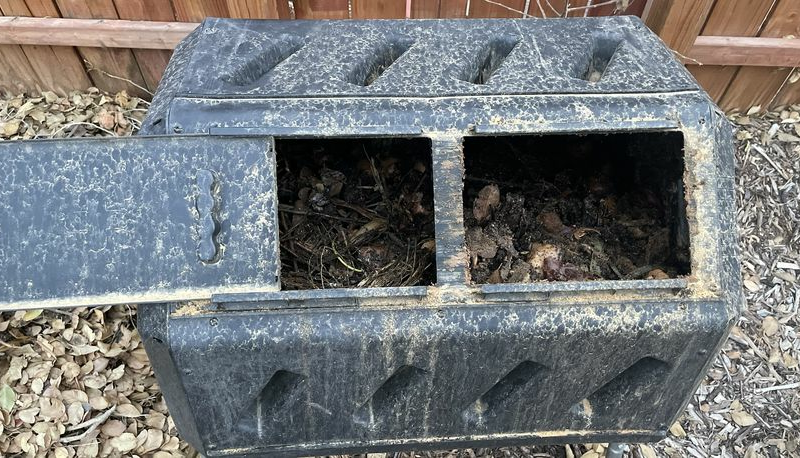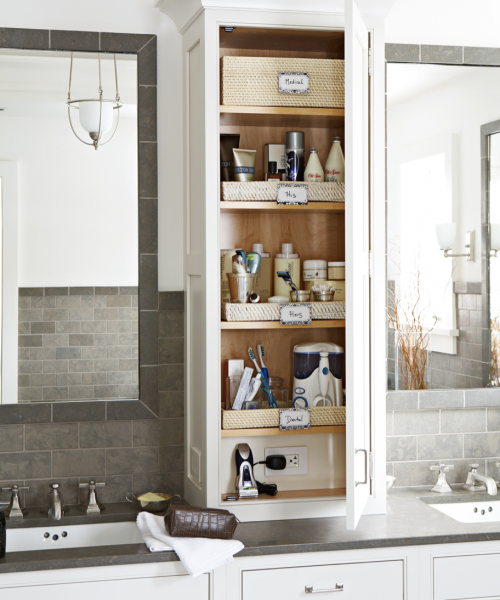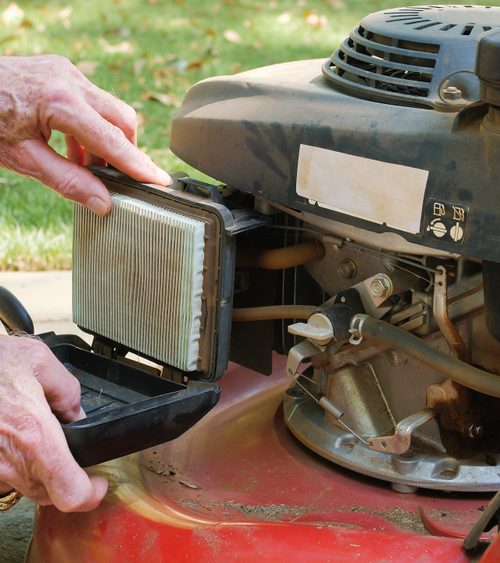By Walter Reeves, For the AJC
Troy Warren for CNT #HomeGarden
Q: I’ve got a compost tumbler that’s totally full but not composting. I don’t know what to do with my kitchen compostables! Grey East, email
A: It is too cold now for bacteria and fungi to break down stuff in your tumbler. Winter high temperatures in Atlanta average in the 50s. The microbes involved in composting like temperatures in the 60s or higher. The black color of your compost bin helps to absorb heat during the day, but I’m sure it gets cold at night. Depending on how much raw material you have each day, digging holes and burying kitchen compostables makes a lot of sense. You can dig a compost hole 12 inches deep and 18 inches wide and get a metal garbage can lid to cover it. If you see that critters dig around the edge, get a heavier lid or put a cinder block on top. You can start using your compost tumbler in April when night temperatures are rising. Keep it in the sun and don’t let the stuff inside dry out. Tumble it a couple of times a week and rich compost will be yours.

Q: After World War II, I helped my Australian uncle clear tree stumps by digging underneath so he could place a charge of explosive gelignite. I would often hit a hard taproot, the gelignite would be off-center, and the stump would be only partially removed. Yet I read on your website that trees don’t have taproots. What did I hit under the eucalyptus stumps? John Stafford, email
A: Most seeds of broadleafed plants form a taproot initially. It grows downward and anchors the seedling. It also divides and lengthens outward, searching for moisture and oxygen. Finding none beneath, this initial taproot eventually dies, leaving many horizontal roots in place to provide nutrients and water to the tree leaves. These roots are always limited by the available oxygen and moisture. This keeps them in the upper 2 to 3 feet of our typical clay soil. They can grow deeper in sandy soil. Plant roots specialize in their function. Some grow downward as much as possible, thus anchoring the plant. Others develop lots of fine roots and grow outward from the plant looking for water, oxygen and moisture. Trees rarely have anything we would call a taproot, because most of their roots are very fine and grow shallowly.
Q: Can I use 10-10-10 to fertilize a centipede lawn? Brian Stephens, email
A: No. Centipede grass is sensitive to excess phosphorus in the soil. Your 10-10-10 has 10% phosphorus (the middle number). Look for fertilizer labeled for centipede lawns instead. Loosely speaking, any fertilizer that has a middle number that is 5 or less would be fine.


































